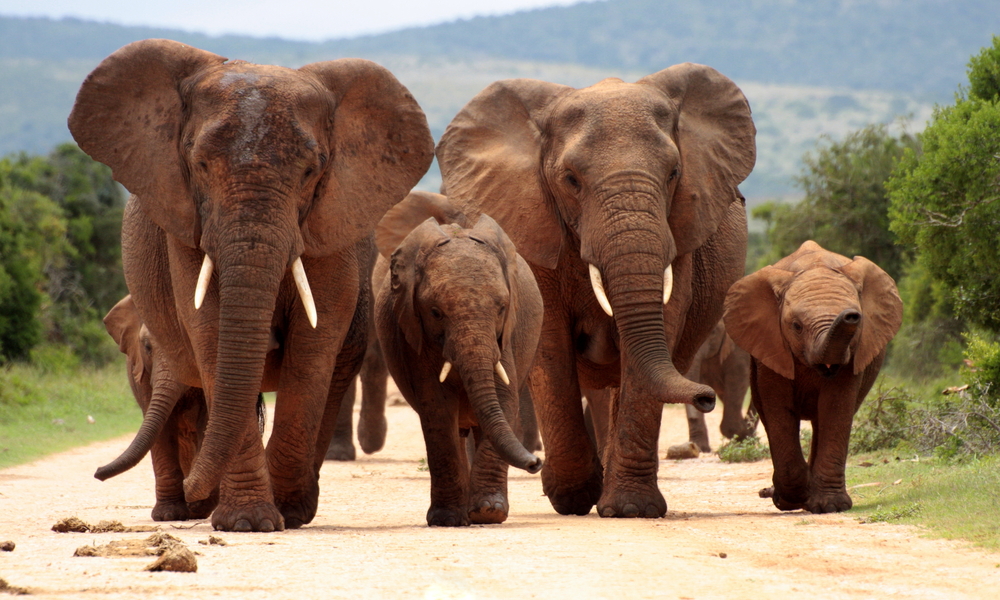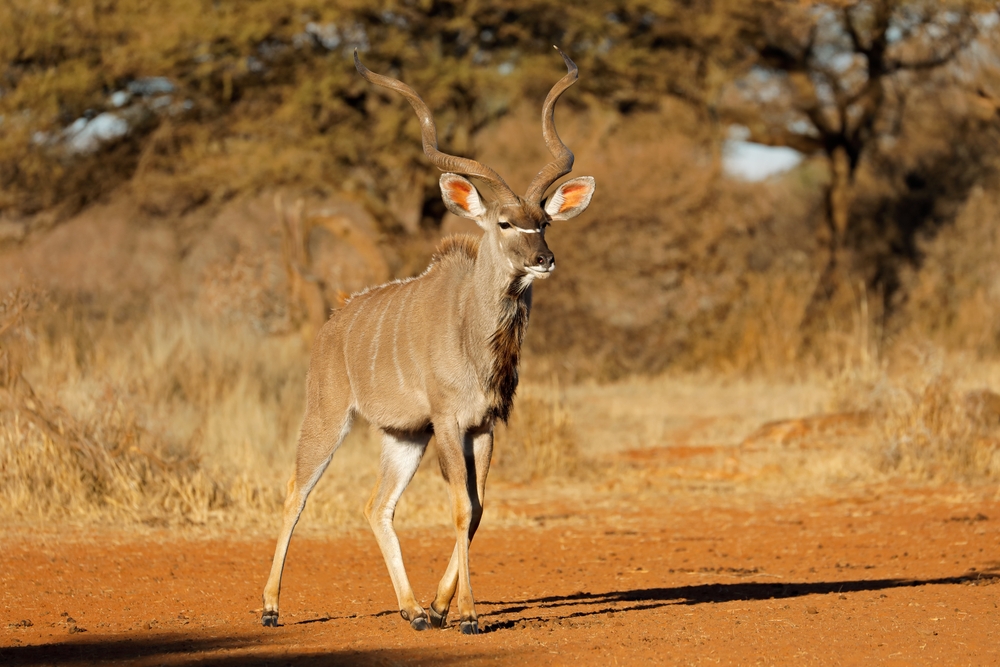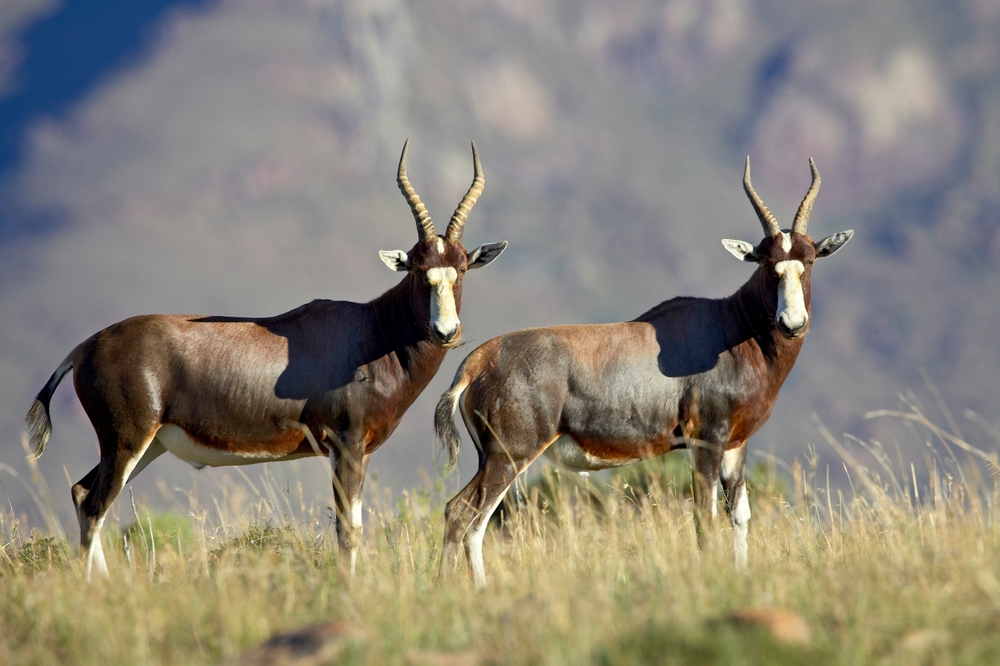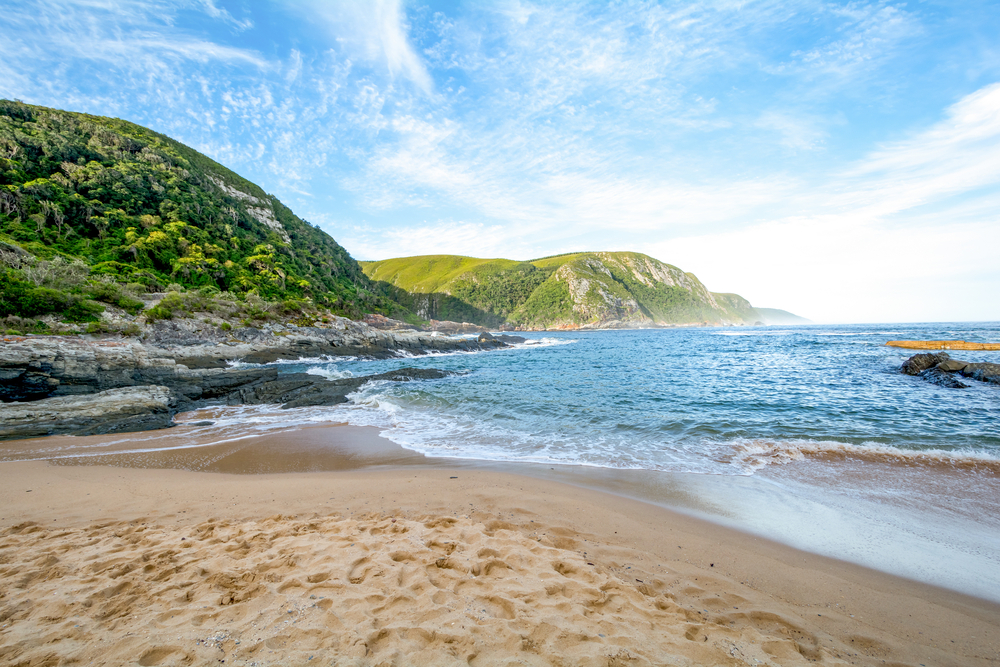Garden Route Overview
Garden Route National Park, locally known as “Tuinroete Nasionale Park”, is a sprawling conservation area located in South Africa’s Western and Eastern Cape provinces. Established in 2009 by merging the Wilderness, Tsitsikamma, and Knysna sections, the park covers approximately 1,210 square kilometers (467 square miles) of diverse ecosystems. This unique park stretches along the scenic Garden Route, one of South Africa’s most popular tourist destinations, renowned for its stunning coastline, lush forests, and abundant wildlife.
The terrain of Garden Route National Park is extraordinarily diverse, encompassing rugged cliffs, sandy beaches, dense indigenous forests, tranquil lakes, and rolling fynbos-covered hills. The coastline features dramatic ocean views and rocky shores, while the inland areas boast a network of rivers, wetlands, and estuaries. The park’s blend of marine, forest, and mountain ecosystems creates a haven for a wide range of flora and fauna.
The vegetation in the park includes Afrotemperate forests with towering yellowwoods, stinkwoods, and milkwoods, as well as fynbos, a unique floral kingdom characterized by proteas, ericas, and restios. This botanical diversity supports a rich array of wildlife. Mammals such as bushbucks, leopards, and caracals inhabit the forests, while marine life includes seals, dolphins, and southern right whales that frequent the coastline. Birdlife is equally impressive, with species like the Knysna turaco, African fish eagle, and black oystercatcher adding vibrancy to the park.
Visitors to Garden Route National Park can engage with its beauty and biodiversity through a wide range of activities. Hiking enthusiasts can explore iconic trails like the Otter Trail and the Giant Kingfisher Trail, which traverse forests, rivers, and cliffs. Canoeing and kayaking in the park’s lakes and estuaries provide serene experiences, while snorkeling and scuba diving reveal the underwater wonders of its marine protected areas. Birdwatching is a highlight, with numerous hides strategically placed near water bodies. For adrenaline seekers, ziplining, mountain biking, and bungee jumping are available in and around the park.
Despite its natural allure, Garden Route National Park faces challenges, including habitat degradation, pollution, and climate change. The influx of visitors poses additional pressures on its ecosystems, requiring careful management. Conservation efforts led by South African National Parks (SANParks) focus on habitat restoration, invasive species removal, and sustainable tourism practices. Community engagement initiatives aim to involve local populations in conservation and ensure that eco-tourism benefits surrounding communities.
Garden Route National Park is a testament to the beauty and ecological importance of South Africa’s southern coast. Its diverse landscapes, rich biodiversity, and array of activities make it a must-visit destination for nature lovers and adventure seekers. By protecting this park, South Africa ensures the preservation of its natural heritage and the continuation of its vital ecological functions for future generations.

















































































